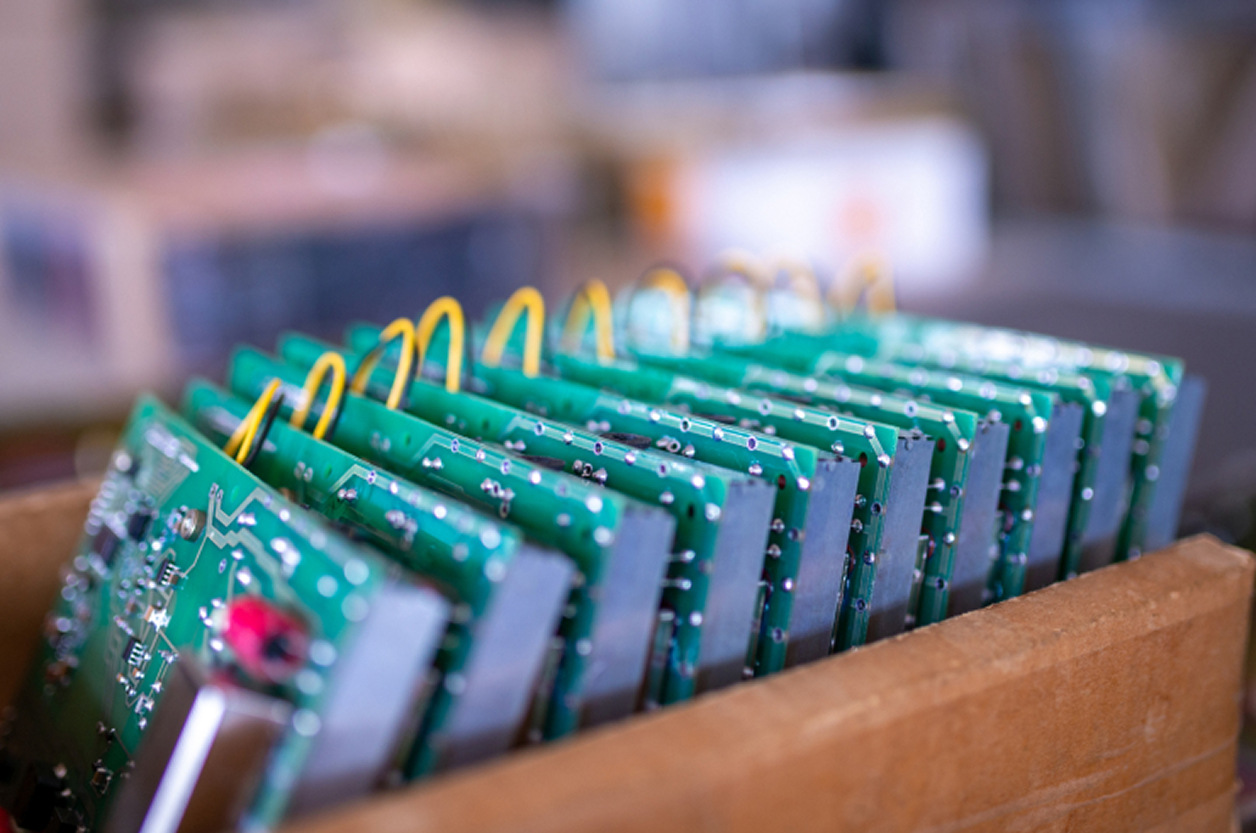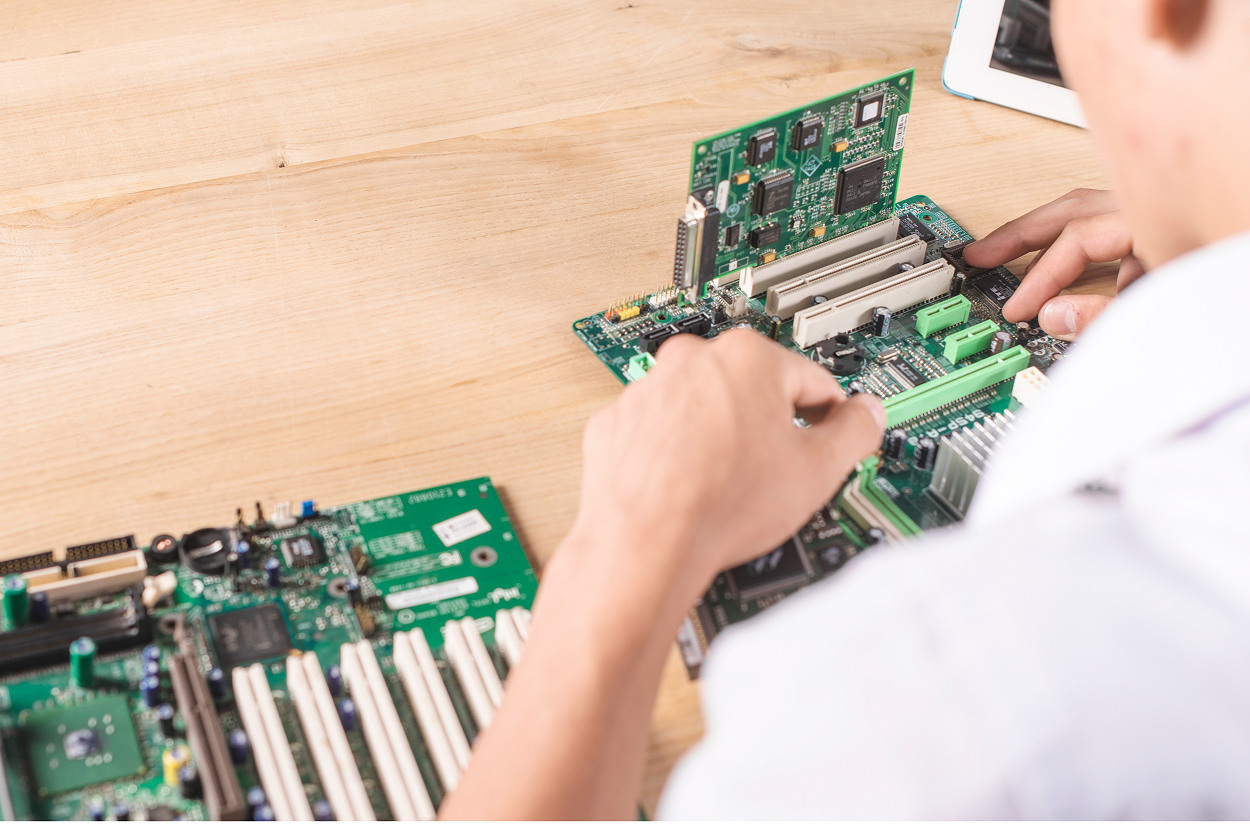Top 5 EMS Trends That Will Shape the Electronics Industry in 2025

Getting Started: Why EMS Is at the Center of Industry Transformation
In 2025, Electronics Manufacturing Services (EMS) providers are no longer just production partners — they are strategic enablers. From prototype to mass production, the role of EMS in managing supply chains, ensuring scalability, and delivering high-quality products is expanding rapidly.
This article explores the five biggest trends shaping the EMS landscape and what OEMs should prepare for as they build future-ready hardware products.
1. Modular and Configurable Manufacturing Lines
As OEMs demand faster turnaround, product personalization, and multi-SKU builds, EMS providers are shifting to modular, reconfigurable manufacturing cells.
Why it matters:
- Reduces line changeover time
- Supports multiple products with shared platforms
- Enables faster NPI ramp-up
Promwad Insight: We see increased demand for EMS partners who support reusable test platforms, configurable jigs, and software-defined test workflows.
2. Dual-Region Manufacturing Models
The post-globalization era has sparked a move away from single-point production. EMS providers are adopting dual-region and nearshoring models to reduce logistics risk and improve time-to-market.
Examples:
- Asia + EU
- Mexico + US
- Eastern Europe + Middle East
Benefits:
- Faster fulfillment
- Diversified geopolitical risk
- Lower import/export compliance delays
OEM Strategy Tip: Align your design files and BOMs with production transferability in mind.
3. Smart Factories with AI-Driven QA
Automation is maturing — not just in hardware handling, but in decision-making. In 2025, leading EMS sites are using AI for real-time quality assurance and predictive maintenance.
Emerging capabilities:
- Vision-based inspection with ML classification
- Predictive yield analytics
- Digital twins for production planning
ROI Impact:
- Reduced rework and scrap
- Real-time root cause detection
- More stable yields at scale
4. Sustainability and Circular Manufacturing Initiatives
Green production is no longer optional. EMS partners are investing in:
- Recyclable materials and low-impact sourcing
- Waste tracking and carbon reporting
- Support for remanufacturing and extended product life
Compliance Drivers:
- EU’s Digital Product Passport (DPP)
- Corporate ESG targets
- Customer preference for sustainable supply chains
Promwad's Role: We help OEMs document lifecycle data for DPP readiness and integrate sustainability goals into design-for-manufacturing (DFM).
5. Software-Centric EMS Collaboration
Firmware and test automation are now core to successful production — not side tasks. EMS providers increasingly offer:
- Support for OTA and secure boot workflows
- Embedded test scripting and remote logging tools
- Early BSP and OS integration during prototyping
Key takeaway: The boundary between hardware and software manufacturing is dissolving. OEMs must engage EMS partners who support full-stack integration — from board spin to cloud logging.

Summary Table: Top EMS Trends at a Glance
| Trend | Key Benefit | Strategic Value for OEMs |
| Modular Manufacturing Lines | Faster NPI, lower setup cost | Agile product deployment |
| Dual-Region Production | Reduced logistics risk, lower latency | Global scaling with local responsiveness |
| AI-Powered Smart Factories | Better quality control, predictive repair | Stable volume manufacturing |
| Circular Economy Practices | Compliance and brand value | Long-term sustainability and trust |
| Embedded-Focused EMS Integration | Streamlined firmware + test workflows | Shorter time-to-market, better diagnostics |
Bonus Trend: EMS Support for Regulatory Readiness
As regulations tighten across global markets, EMS partners are becoming key players in helping OEMs meet compliance not just during certification, but throughout the product lifecycle.
Growing focus areas:
- Regulatory data traceability (component origin, material declarations)
- Digital Product Passport (DPP) infrastructure for EU markets
- IPC and ISO documentation for traceable production processes
Example: A Promwad client entering the German EV charger market accelerated their CE and RoHS certification process by 6 weeks thanks to pre-validated documentation from their EMS partner.
Final Thoughts: EMS in 2025 Is Smarter, Greener, and More Strategic
The contract manufacturing landscape is changing. EMS in 2025 isn’t just about price per unit — it’s about risk mitigation, intelligence, agility, and sustainability.
Forward-thinking OEMs will treat EMS not as an outsourced task, but as a long-term collaboration — built around modularity, localization, and software-enabled operations.
At Promwad, we help companies bridge design and manufacturing by selecting the right EMS partners, building transfer-ready documentation, and aligning hardware architecture with smart factory capabilities.
Our Case Studies in Electronics Manufacturing





